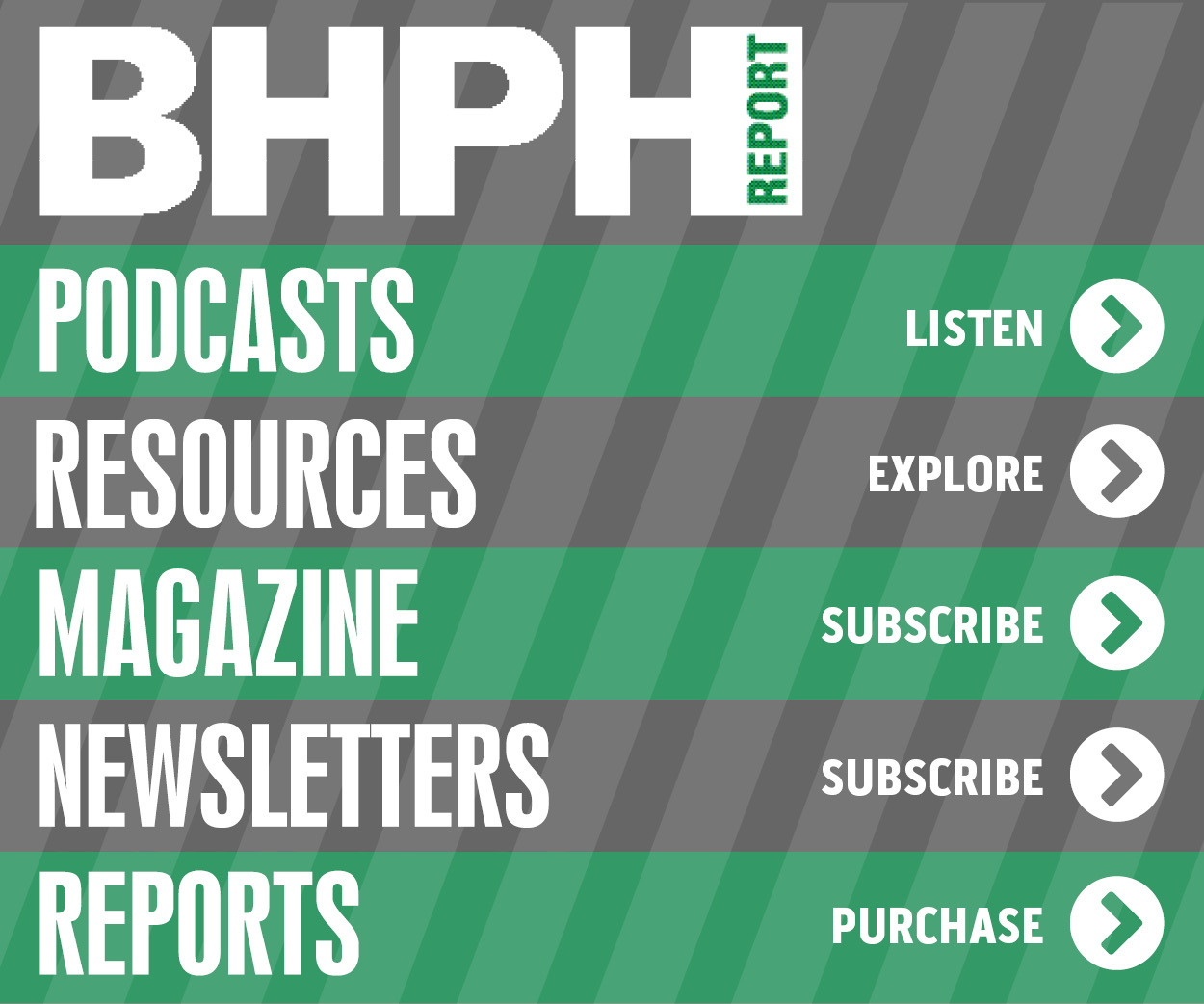Webb sees BHPH dealers ‘in better position’

Cox Automotive chief economist Tom Webb, seen here at the 2014 Used Car Week in Las Vegas, sees the run of finance companies buying contracts of customers typically within the BHPH space slowing down significantly. (Photo by Jonathan Fredin)
Cox Automotive chief economist Tom Webb acknowledged the past few years probably constituted the most difficult span ever encountered by buy-here, pay-here dealers. Finance companies specializing in the subprime space took on contracts deeper down the credit spectrum, leaving operators wondering where their customers went.
But Webb thinks this year could be much better for BHPH operators who have managed to keep their business intact.
“It’s certainly been a very challenging period for them,” Webb said during a recent phone conversation with BHPH Report. “And in this particular cycle as you well know, it was primarily caused by the subprime lenders buying deep subprime and a lot of new lenders using alternative data sources were buying down into the buy-here, pay-here dealers’ traditional customer base.
“There’s been other cycles where they went through a period where they had a hard time acquiring inventory at the price they wanted,” he continued. “But this past couple of years have really been challenging in terms of the subprime lenders buying down into their space. That cycle appears to have run out. So I’m thinking they’re looking to be in a better position this year because those deep subprime lenders have started to pull back a little bit.”
An example of that pullback is the activity by Consumer Portfolio Services, which booked less paper during the fourth quarter.
“Dealers are pushing bad deals towards us. They know we won’t buy it. I mean they’re desperate to get more cars sold,” CPS chairman and chief executive officer Brad Bradley said during the company’s quarterly conference call.
“You hear that from origination folks. Either they’ll tell you that it's really slow at the dealerships or that they’re seeing these bad loans getting pushed to see if we’d buy them. And of course we won't but still it’s the continuing struggle because we also would like to always buy something,” Bradley went on to say.
Webb and his team also addressed the BHPH market in this year’s Manheim Used Car Market Report, which was released in late January. Along with reiterating the competition BHPH dealers encounter with finance companies, the report also detailed how no longer is there what might be considered a “traditional BHPH model.”
The report explained some operators significantly increased the price point of the vehicles they offer while other dealers kept their price point and built in more goodwill policy work as a reserve.
Furthermore, the report showed other operators delved into the lease-here, pay-here model and while perhaps traditionalists simply worked diligently to capture more upfront money in the deal.
“It really is a market that is best served by the buy-here, pay-here dealers that have been serving that market quite well for many years,” Webb said during the phone conversation.
BHPH inventory analysis
The Manheim report pointed out that rising wholesale prices have often caused headaches for BHPH dealers as they need to find vehicles their customers can afford, but that will also be capable of running the term of the note with minimal repairs.
To give a sense of just how much wholesale prices have gone up over time in the lower price tiers, analysts looked at the average mileage on auction vehicles that sold between $4,000 and $6,000 over the past 16 years. If an operator spent $5,000 on average for a vehicle at auction in 2000, on average they acquired a unit with 84,541 miles.
“Average mileage slipped over the following three years as wholesale supplies grew and the overall pricing environment weakened,” the report said.
But between 2003 and 2014, average mileage for the typical $5,000 auction purchase rose every year, except for the recession of 2008 and 2009. In 2015 and 2016, the report noted BHPH dealers got a little reprieve when the average mileage on a $5,000 auction purchase fell below 120,000 miles for the first time since 2012.
“The ideal inventory in terms of a buy-here, pay-here dealer is dealer consignment vehicles that are relatively aged but they’re still in a condition they’re comfortable with and can run the term of the note,” Webb reiterated.
Given the fact that vehicles today, the quality and durability and their ability to run for a long time if they’re properly maintained, it does open an access for the buy-here, pay-here dealer to buy a vehicle regardless of what their preferred price point is. They can probably find good units out there,” he continued.
The fact that the dealer consignment lanes apparently have the inventory BHPH dealers seek also means fewer operators are scouring salvage auctions in hopes of finding units that can be repaired and retailed with a branded title.
“I think it’s fallen off because the other types of inventory is available,” Webb said. “When it was really a tight situation, certainly everyone was looking at all avenues. To a certain extent from a consignor standpoint they even found some of their vehicles might sell better in a salvage sale as opposed to a traditional sale even though the vehicle might not technically be salvage.
“As you know, many buy-here, pay-here dealers do not have any service shop at all,” he continued. “They don’t want to do a lot of reconditioning. They don’t want to rebuild units. That’s more of a game for the wholesalers to play. Basically they are looking for a clean vehicle in relatively good condition.”


